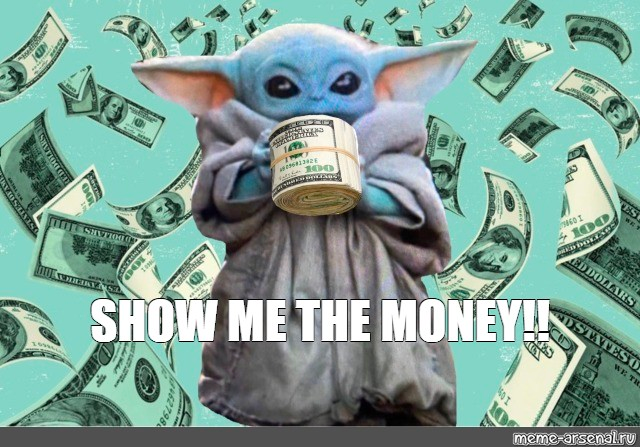Top 5 ways to monetise your podcast (and no, we’re not counting advertising)

Making a podcast pay is the absolute dream for anyone looking to make a career out of their passion, or those side hustlers out there looking for additional revenue streams. But when it comes to monetising podcasts, it can be tricky to know what’s going to achieve the maximum buck for your bang, as it were.
Levellr works with clients from Fall Out Boy to Starbucks as well as podcasts like The Anfield Wrap. Here are five proven methods to get you thinking and unlock revenue from your podcast.
Membership
While your podcast might be free, there’s now a proven business model for charging a premium to your superfans via the likes of Patreon, Ko-fi or Buymeacoffee.
Take the current #1 podcast Patreon: True Crime Obsessed has over 47,000 fans on Patreon. Even if they’re all on the basic £4.80 tier (which they are definitely not), that’s £225,000 in revenue every month - no wonder they look so happy on their Patreon page.
If this is a route you’d like to consider, the key is to offer really compelling rewards to your subscribers.
Since interaction is what a lot of fans crave from their favourite podcasters, we’re also seeing a lot of podcasters link their Patreon to messaging communities like Telegram, Discord or Slack. There are some challenges with syncing your Patreon to your messaging community, and if you have hundreds of members, you’re going to want to think about having the right tools to manage the community. Companies like Levellr are helping podcasters in this space. A community messaging group has been proven to be a big hit with Patreon subscribers, giving your fans access to you and other likeminded people, to shoot the breeze in a totally VIP, exclusive access way.
Paywalls
Another simple option is to monetise the content you’ve already got via a platform you already use. Putting all of your content behind a paywall is a high risk strategy, not least because it makes it really difficult for new audiences to find you. However, rather than charging for new episodes, if you’ve got a strong back catalogue you could consider putting older episodes behind a paywall.
Apple has launched Apple Podcasts Subscriptions to allow you to do this. They offer creators 70% of the monthly subscription, rising to 85% if the subscriber sticks around for a year. Spotify has a similar deal, but it’s currently only available to US podcasters.
Merchandise
Merchandise is a classic creator monetisation option, and let’s face it, there’s nothing cooler than people walking around with your logo on their tee.
But while it’s fun, it can cost a lot to print a minimum order number (usually in the thousands), and then there’s the logistics of storing and shipping them. It can be better to use a service that will print on demand, at least until you can be sure there is an appetite for your super cool stuff.
When you’re choosing a merch company, consider where your audience is and how much they’ll be paying in shipping. Teelaunch is popular because they have printing facilities in the UK, Spain, Australia, US and Canada, and will fulfil the order from wherever is closest to the customer, making it faster and cheaper for them.
eCourses
If you’re in the business of sharing your expertise, setting up an eCourse can be a lucrative monetisation option. There’s the initial work that goes into designing the course but if the first round is successful, this is something you can run again and again using the same materials.
You can turn to companies like Podia or Kajabi to sell your course, or if you want to run cohort based communities, companies like Levellr allow you to run courses in messaging apps like Telegram, Discord and Slack, more on that here.
Live events
You might think a live event needs to involve a conference centre, PA system and hundreds of screaming fans, but that’s not necessarily the case. A well attended gig, comedy night or storytelling evening can be much less pressure than a con-style event. You only need to look at the worldwide nature of events like The Moth’s storyslams to see how successful this format can be.
Summing it up
Whatever you decide to do to get that all important revenue, the key is letting your fans know about it. This is where a messaging community can really help. You can set up a messaging group of up to 500 fans on Telegram (and soon-to-be Discord and Slack), which means you’ve got direct access to let fans know about new merch, events or courses. Better still, you’ve got an always-on focus group, where you can sense check products before you launch, finding out what people are craving and how much they’re willing to pay.
Your superfans are waiting. Contact Levellr today to find out how you can build a community which works for your brand.
